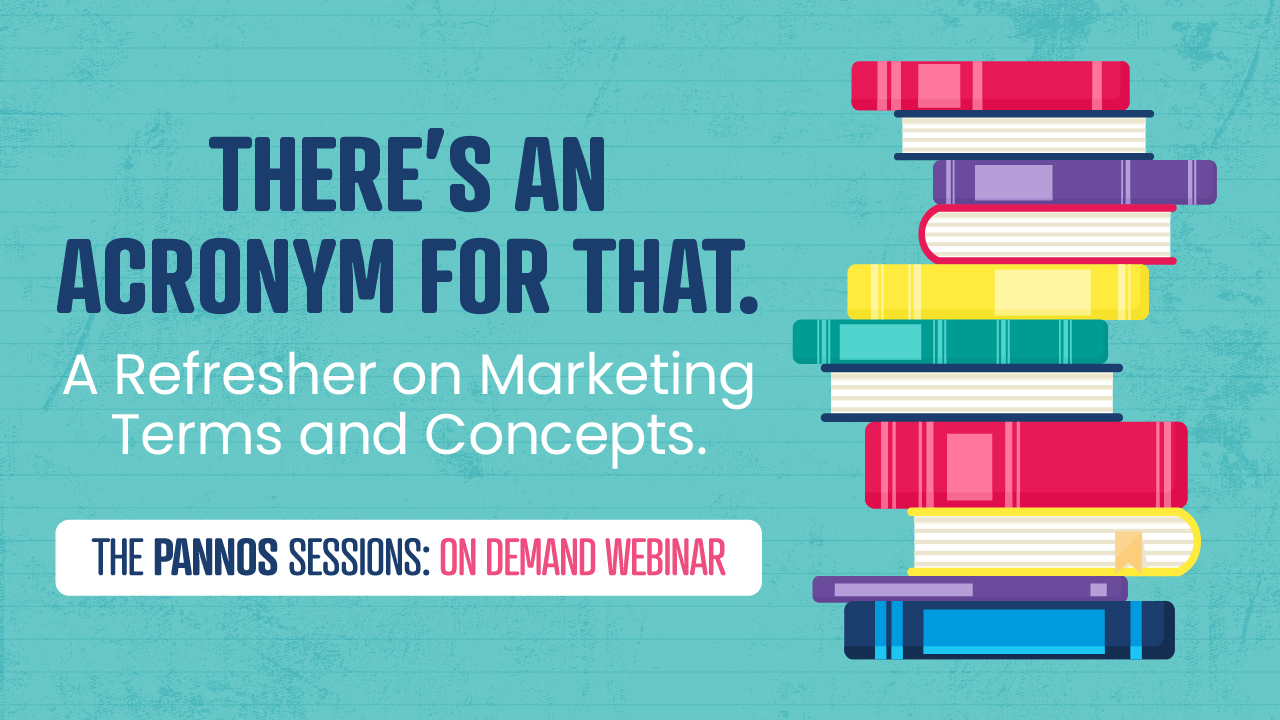
January 15, 2024
These are questions that are asked all the time and it all comes down to understanding your customers and their buyer journey.
What is a buyer's journey?
A buyer’s journey is the process a customer goes through before making a purchase. This process often has three stages: Awareness, Consideration, and Decision. Reaching customers at the Awareness and Consideration stages is critical for being part of the Decision stage. This is where an Omnichannel approach to media comes into play, a strategy used to improve the customer experience and drive better relationships across all possible channels and touchpoints.
Your customers and potential customers don’t use only one device and don’t only make their purchasing decisions from a search on Google. Think about how you engage with brands. Maybe you see an ad on Instagram for a cool product and follow the page but are waiting for the product to go on sale. In the meantime, a banner ad for that same company shows up on your local news site while you are checking the week’s weather forecast. Now you’re interested in what other products they offer so you go to the website and start to explore. Since you are still waiting for the initial product to go on sale and want updates, you sign-up for their newsletter. Finally, you hear an ad on Spotify that the company is having a sale, so you go back to the website and make a purchase.
Why does omnichannel marketing matter?
Having multiple touchpoints with a potential customer is key. Connecting with customers where they are, not only improves brand recall, but strengthens brand loyalty, and increases the likelihood of repeat business. A 2021 study found that marketing campaigns using three or more channels had an average engagement rate of 18.96% across all channels while campaigns that leveraged only one channel had only 5.4%.
If your company is looking to implement an omnichannel strategy, make sure you know who your target audience is, and choose channels that are most appropriate to them. There is no one-size-fits-all strategy. What is best for your company will depend on your goals, industry, and target audience. Having a full understanding of your demographic and their user journey will make sure you are starting off on the right foot!







